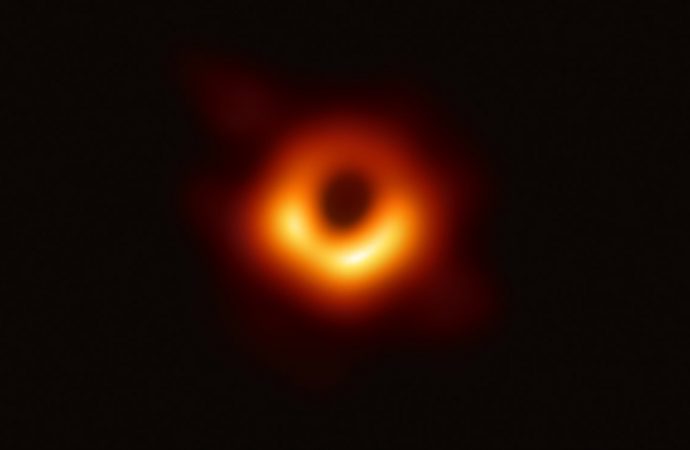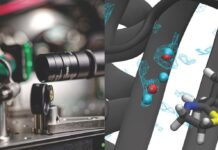The first image of a black hole
On April 2017, eight telescopes turned to the sky, pointed to a black hole and photographed it. Those were not ordinary photographies. The Event Horizon Telescopes (EHT) produce the highest resolution pictures ever known, 2000 times more precise than those produced by the Hubble telescope. For four days, the synchronized telescopes gathered petabytes (one petabyte is equivalent to 1,000,000 gigabytes) of raw data which was later analyzed by supercomputers. The weather was clear on the six different places where the eight telescopes were placed: the conditions were just right for a one-of-a-kind set of images. Two years later, the first photograph of a black hole and its shadow was shown to the world.
The M87*
The supermassive black hole in question lies at the center of the Messier 87 galaxy, in the Virgo galaxy cluster, 55 million light-years away from Earth. Like all black holes, it has an enormous mass, 65 billion times bigger than the Sun’s mass. The images gathered by the international team of over 200 researchers reveal that the M87* looks like a ring with a dark center – the black hole’s shadow. This shadow, astronomers point out, is the closest one can come to an image of a black hole itself. It is a completely dark object, caused by gravitational bending, from which light cannot escape.
The shadow cast by black holes is a relatively small object, which explains why they were never seen before. The M87*’s shadow, because of its large size and proximity to Earth, was the ideal target for making history. “We have achieved something presumed to be impossible just a generation ago”, said EHT project director Sheperd Doeleman, at a press conference announcing the discovery, on April 10.





